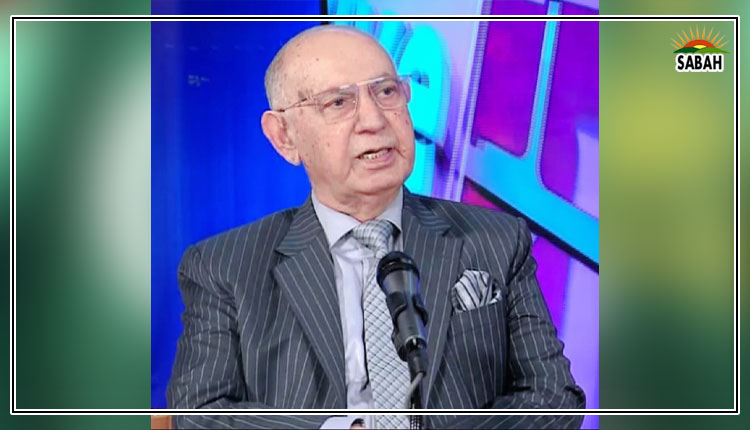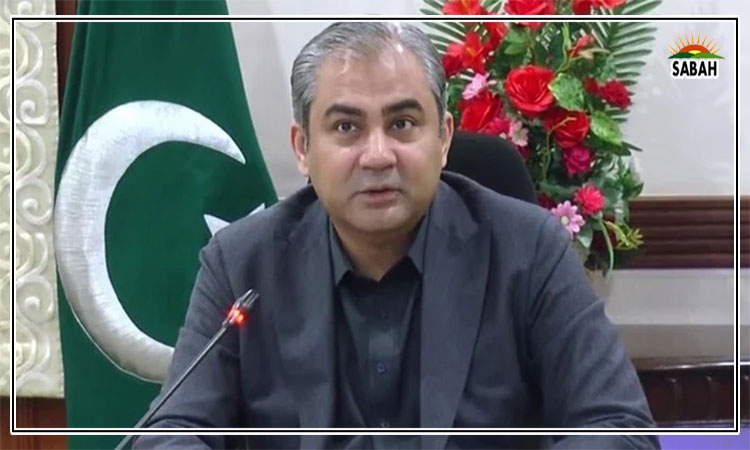Graveyards of coal…Naeem Sadiq
OTHER than the oft-quoted figure of over 300 coal miners dying in Pakistans coal mines every year, the exact number of mines, their workforce, lives, deaths, injuries and EOBI registration is a wild guess. Anyone who smells coal in his backyard can hire a contractor equipped with a pickaxe, spade and two labourers to dig a cave that will sooner or later collapse and consume the finest but neediest children of Pakistan.
After years of futile attempts to obtain data on coal mines and linked tragedies, I began to create a database of mines and daily accidents from Jan 1, 2024. By Jan 10, at least eight deaths of miners had been recorded this was just the data of some prominent mines. Newspapers reported less than half of these deaths. The government and mine departments remain silent. After all, these calamities are of their own making.
Pakistan is home to 186 registered and over 1,500 unregistered, unregulated, unsafe and contractor-operated coal mines. The mines offer less than the minimum legal wage, no EOBI benefits and no social security. What they do offer is the bright possibility of being blown to smithereens in methane explosions, or being killed by crumbling roofs and uncontrollable fires. Survivors find themselves loaded with carbon dust and affected by asthma, tuberculosis and blindness. Thanks to complicity among influential mine owners, greedy contractors and corrupt inspectors, the coal mines largely operate without gas detectors, wireless communication, ventilation systems, smart helmets, air blowers, oxygen supplies, alternative egress routes, rescue services, and personal protective equipment (PPE). The equipment used in mines such as motors, fans, plugs, sockets, lights, junction boxes and cables are mostly inflammable and often a source of ignition/explosion.
Over half the miners perform the hazardous task of digging without masks and shoes. The four provincial mine departments were recently asked under the Right to Information Act, to provide basic health and safety SOPS in coal mines such as checks, tests, responsibilities before entry and during mine operations, emergency procedures and egress, equipment specifications, training, gas testing procedures, communication protocols, rescue and medical facilities, mandatory PPEs, structural testing procedures, etc. Sadly, not a single department could provide this information or appeared to have any clue of this subject.
The tragedies are of the governments own making.
While we whitewashed the old mine laws by changing their cover pages, Pakistans coal mines are essentially regulated by the Mines Act, 1923. If there had been even an iota of interest or professionalism, our archaic mines departments could have simply adopted (with only minor changes) and implemented the 187-page ILO code for safety and health in coal mines, which provides for a complete safety management system. This would, however, call for either the replacement or massive training of existing mine officials and inspectors.
The other essential task for mine departments ought to be to conduct physical surveys and place updated data of the GPS location, output, workers, EOBI registration, accidents, injuries, and deaths of all coal miners on their respective websites. This is also a requirement under Pakistans right to information laws.
Sadly, over 90 per cent of coal miners are not registered with the EOBI. This is an unforgiveable failure of the institution. Describing the miners exploited lives, the secretary general of the Pakistan Central Mines Labour Federation said, They usually start working at the age of 13 and by the time they reach 30, they are forced into unemployment due to chronic respiratory illnesses, tuberculosis, loss of eyesight, and injuries. Also deprived of EOBI benefits, the pension-less coal mine retirees are driven into a life of misery, poverty, and dependence.
The governments tolerance of the almost total absence of health, safety, labour and EOBI regulations is inexplicable. It amounts to deliberately pushing Pakistans children into hazardous death traps without the provision of masks, goggles, gloves, shoes, gas detection, communication, or recovery systems. Just one village of Pakistan, Shangla, receives over 50 dead and over 200 crippled bodies of coal miners every year. Why has our collective conscience not rebelled against this exploitation, cruelty and neglect that leads to about 300 innocent colliers dying every year. The first task for the new government in Pakistan ought to be to dismantle this deathly Bermuda triangle of greedy mine owners, corrupt and inept mine departments, and dysfunctional EOBI. Caring for the well-being of downtrodden citizens is the key to a progressive and prosperous Pakistan.
Courtesy Dawn












